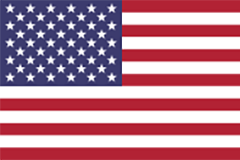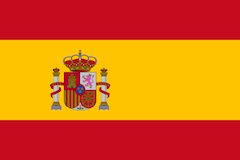As a photographer, Pierre Edouard Léopold Verger is most recognized for his work after the 1940s in Nigeria and Brazil. During that time he became an initiated priest (babaláwo) of the Ifá religion in West Africa and was given the name Fátúmbí, “one reborn in Ifá.” When he returned to Bahia (Salvador), Brazil, he became a respected figure among leaders of Candomblé, a religion grounded in the practices of Ifá brought to Brazil by enslaved peoples from West Africa. Verger’s photographs from Andes are less known, but they represent a transformational moment in the trajectory of his development as one of the early practitioners of visual anthropology—a field that specializes in the use of photography and film to document and make observations about human behavior and culture.
Verger was born in Paris to a German mother and a Belgian father. His father ran the family printing firm, and Verger worked there with his uncles after the death of his father in 1915. He took up photography at the end of 1932 while traveling with his friend Pierre Boucher (1908–2000). That same year Verger traveled to Polynesia, which then was one of the far outposts of the French colonial empire. After he returned to Paris almost two years later, Verger established connections with the staff of the Musée d’Ethnographie du Trocadéro (renamed Musée de l’Homme in 1937). He joined the Paris-Soir journalist team of French novelist Marc Chadourne (1895–1975) on a sponsored reportage-tour around the world. Around the same time, he also cofounded of the Alliance-Photo agency with Boucher and other independent photographers working in France, including Maria Eisner (1909–1991), who later was a founding member of the Magnum photography consortium. Between 1934 and 1940, when the French army mobilized him as a photographer for the Vichy-controlled government of French West African (Afrique Occidentale française), Verger completed an incredible global photographic itinerary. Working his way west, he visited multiple states in the United States (including Texas) before traveling to China, Japan, Philippines, Singapore, Mali (then Soudan français), Senegal, Togo (then Togo français), Benin (then Dahomey), Algeria, Martinique, Guadeloupe, Cuba, Mexico, Vietnam, and Cambodia. He supported himself, often haphazardly, by selling or bartering his negatives and photographic rights to newspapers, journals, and governmental agencies, such as Paris-Soir and the Agence Économique de la France d’Outre Mer.
The de Menils and Verger met in December 1941 at the home of a mutual acquaintance, French painter Jean Dries (1905–1973), in Buenos Aires, Argentina. Dries, who knew the de Menils from France, had arrived in 1940 to establish a fine art department at the University of Cuyo in Mendoza, Argentina. Verger had arrived in Argentina around the same time as Dries and was working, mostly unpaid, as a staff photographer for the newspapers Argentina Libre and El Mundo Argentino. Verger recollected enjoying several evening dinners and trips to less frequented places with the de Menils. Fellow French expatriates living in South America during the global tumult of the Second World War, they also shared interests in the visual arts and international travel experiences in the United States, French Polynesia, and North Africa. These affinities undoubtedly invigorated their nascent camaraderie.













